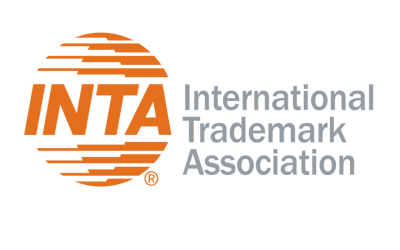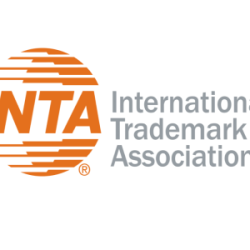The United States Patent and Trademark Office (USPTO) has announced significant changes to its trademark fee schedule. Effective January 18, 2025, these updates will include higher fees for several filings, the elimination of the “TEAS-PLUS” option, and a shift toward incentivizing simpler, more straightforward trademark applications. The Final Rule sets or adjusts 28 trademark fees and introduces new fees that had previously not existed.
Purpose of the new trademark fee schedule
The USPTO justified these fee adjustments as “necessary to provide the agency with sufficient financial resources to facilitate the effective administration of the US trademark system, including implementing the Strategic Plan.” Namely, the USPTO 2022-2026 Strategic Plan specifically includes improving trademark application pendency, protecting the integrity of the trademark register, and reducing domestic IP crime and infringement.
Key updates to the fee structure
The USPTO is implementing a single electronic application filing option that will discontinue both TEAS Plus and TEAS Standard filing options. The revised structure introduces a base fee of USD 350 per class for most trademark applications.
Applicants who comply with the requirements detailed in the final rule during their initial filing will pay the lowest fees under the final fee schedule. Conversely, those who do not fully comply may incur additional surcharges based on the content and structure of their trademark application.
These additional charges will apply for certain scenarios, emphasizing the importance of submitting precise and efficient filings:
- Insufficient Information: Applicants will face a USD 100 per class fee for omitting any of the 19 required details, such as failing to provide a signature on the application that meets the USPTO’s signature requirements, failing to include translations or transliterations of the mark if the mark has a meaning in a foreign language, or failing to correctly classify goods and/or services in case of the multiple-class application.
Applications submitted under section 66(a) (Madrid Protocol) will not incur these surcharges. Instead, they will be charged a higher flat fee, aligned with the average amount Madrid applicants would typically pay if filing directly under the base application and surcharge system.
- Free-form descriptions: A USD 200 per class fee will apply for manually entered goods or services descriptions that do not use the USPTO’s Trademark Identification Manual.
- Lengthy descriptions: Applications with free-form text exceeding 1,000 characters will incur a USD 200 fee for every additional 1,000 characters.
Increased fees for key services
Alongside the new filing rules, several existing fees will also rise:
- Madrid Protocol filings (Section 66(a)): Increased from USD 500 to USD 600 per class.
- Intent-to-use statements of use: Increased from USD 100 to USD 150 per class.
- Section 8/71 renewal (declaration of use): Increased from USD 225 to USD 325 per class.
- Section 9 registration renewal: Increased from USD 300 to USD 325 per class.
- Petitions to the director: Increased from USD 250 to USD 400.
- Petitions to revive applications: Increased from USD 150 to USD 250.
How can trademark applicants prepare for the new fees?
Starting January 18, 2025, US-based trademark applicants can avoid surcharge fees through careful preparation. For example, to avoid the insufficient information fee, applicants should include all required and relevant statements. To bypass the free-form identification surcharge, applicants should use the USPTO’s Trademark Identification Manual for goods and services descriptions. Additionally, every applicant should be mindful of the character count in the description of goods and services to prevent exceeding the 1000-character limit that triggers the extra fee.
As such, it is crucial for in-house counsel and clients to work closely with trademark professionals to clearly outline their goals for each application and strategy, ensuring a cost-effective approach.

Written by Marius Courcoul
Associate Attorney, The Messas Law Practice, PLLC
You may also like…
EUIPO and UANIPIO welcome the integration of Ukraine’s trademarks into TMview
The European Union Intellectual Property Office (EUIPO) and the Ukrainian National Office for Intellectual Property...
Jägermeister succeeds in opposing the EU trademark application Alten Kräuterfrau for alcoholic beverages
Mast-Jägermeister SE filed an opposition on the grounds of Article 8(1)(b) – likelihood of confusion between the signs...
INTA’s Brand & New podcast wins prestigious w3 Award for “Inside the Dupe Revolution” series
New York, New York—October 14, 2025—The International Trademark Association (INTA) is proud to announce that its...
Contact us to write for out Newsletter














